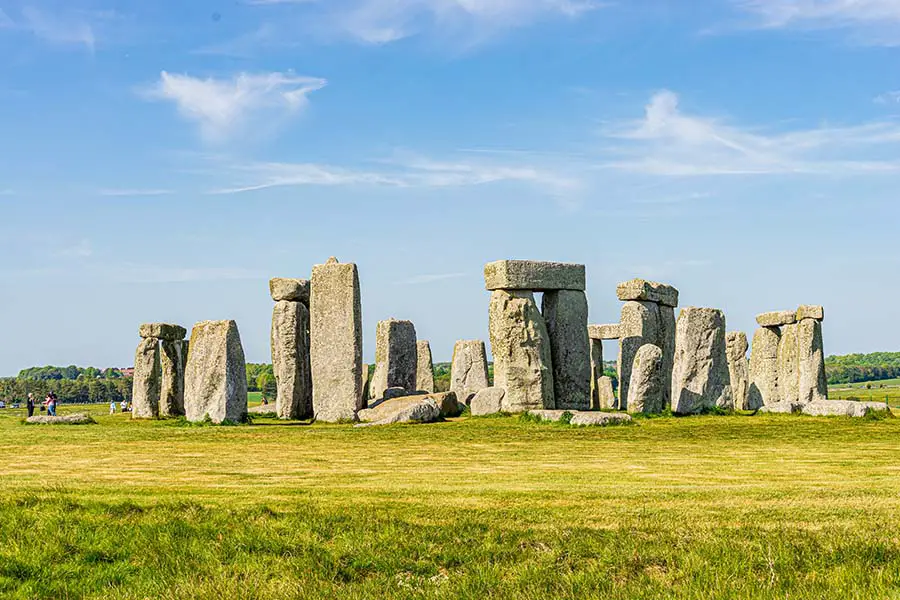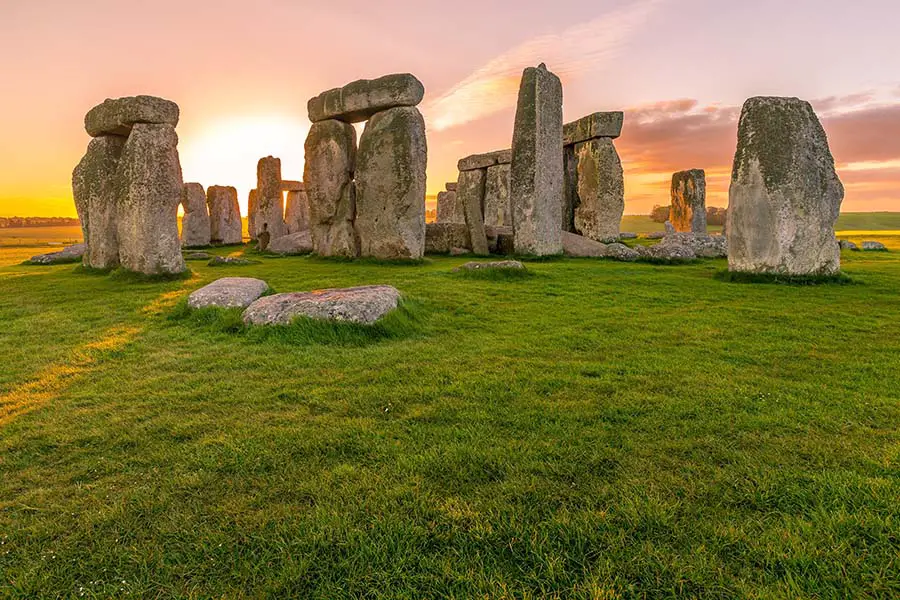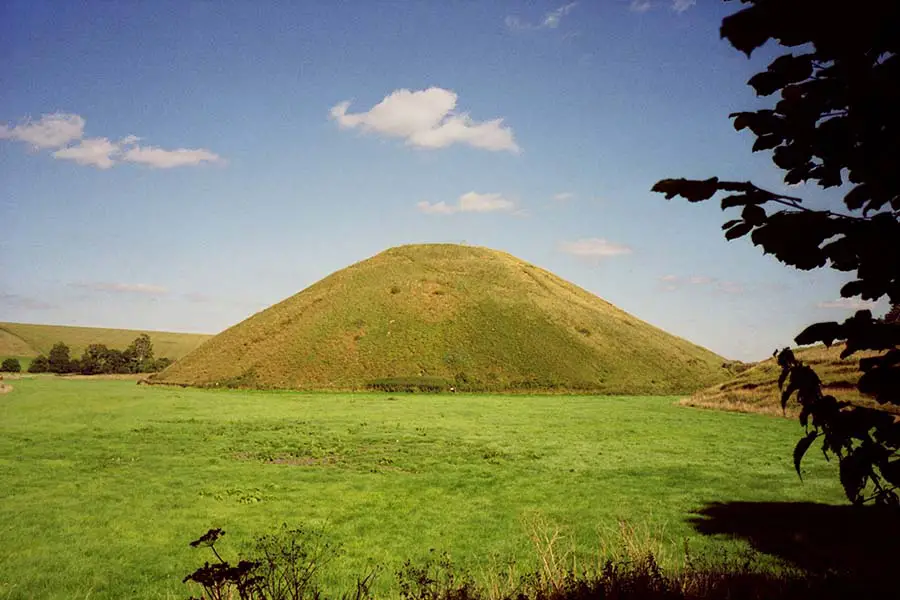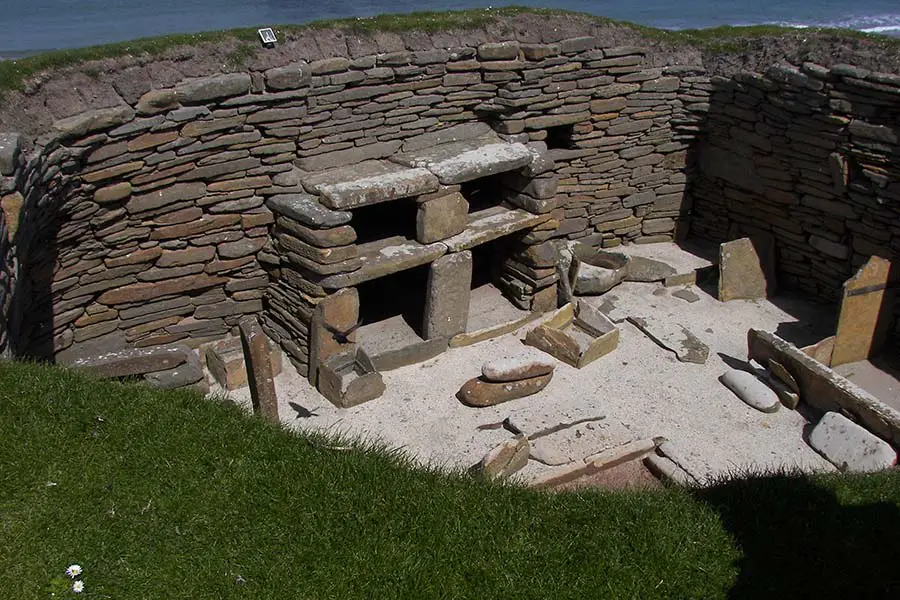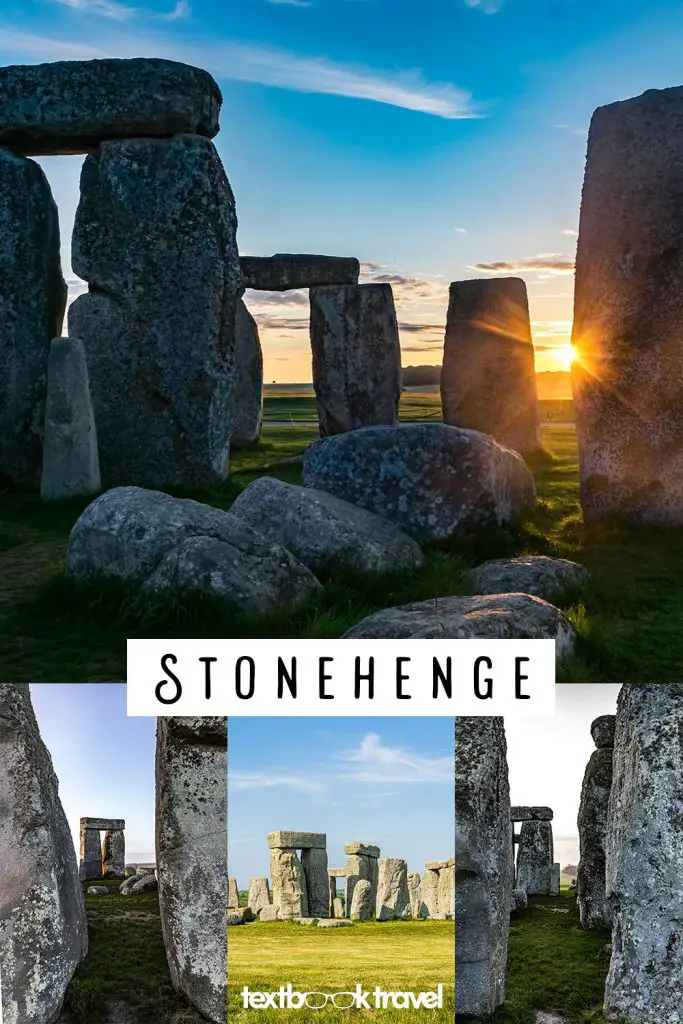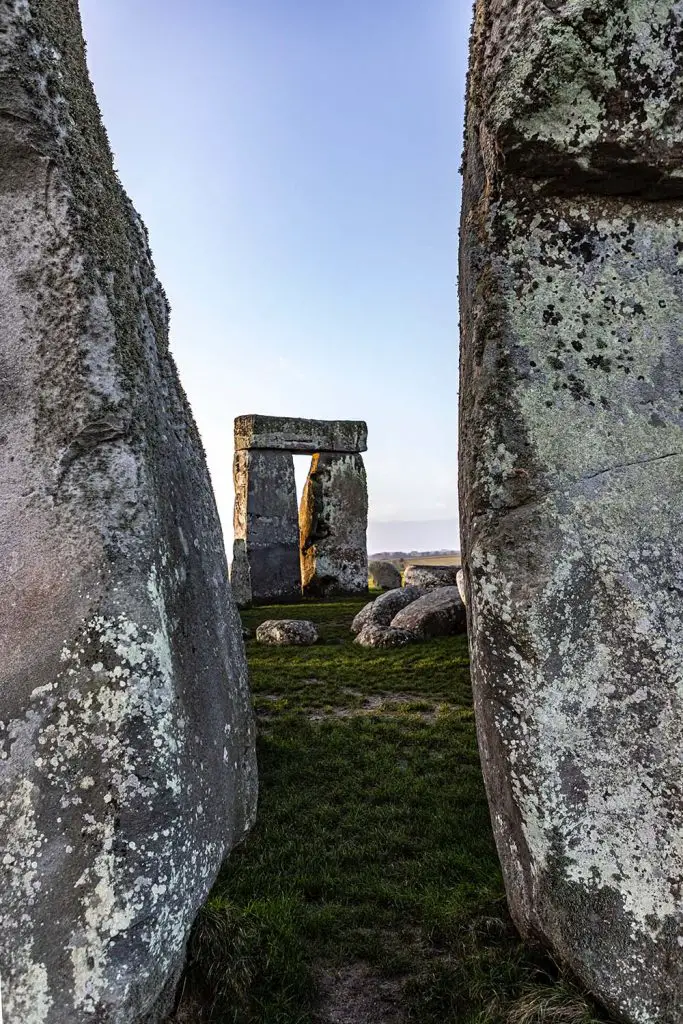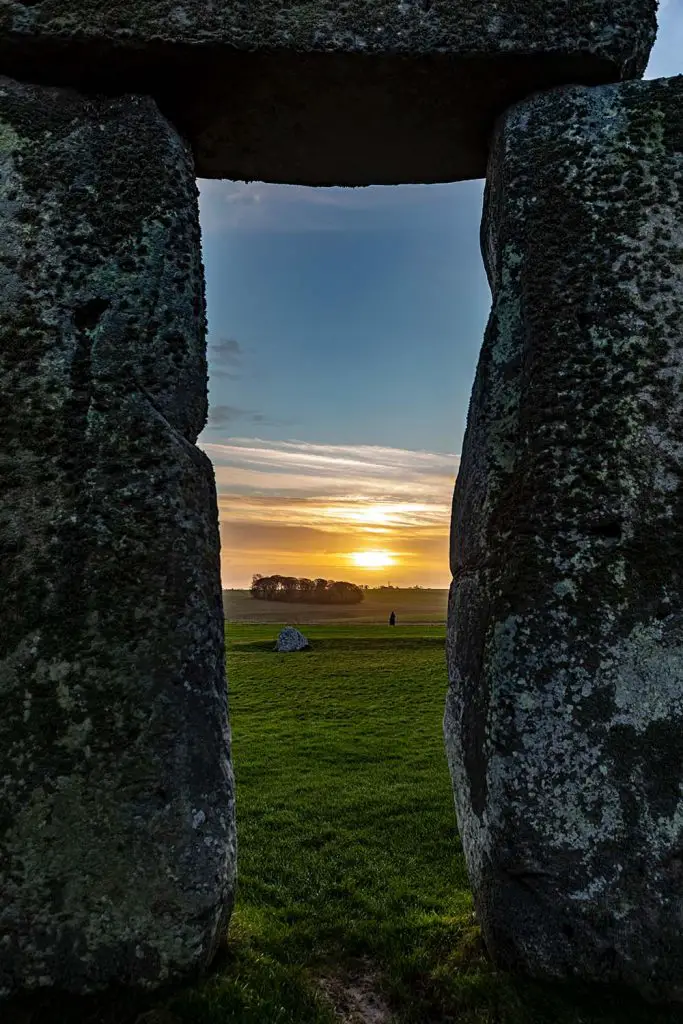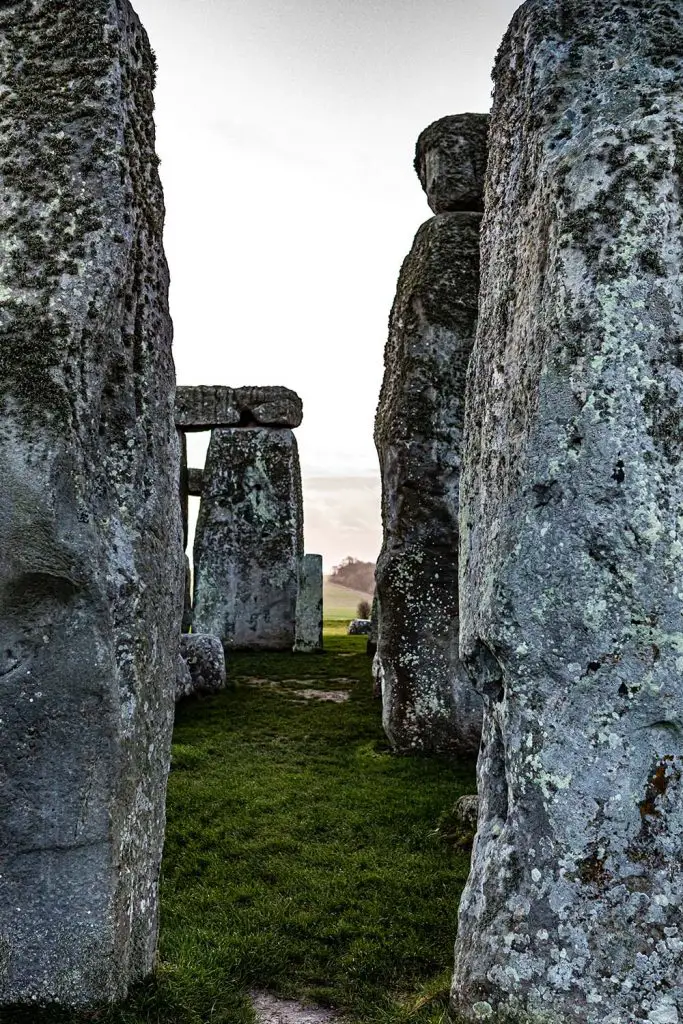Stonehenge | Neolithic Britain, 2400 BC
While society around the Nile had progressed considerably by the 3rd millennia BC, areas such as the British Isles were still experiencing the early stages of their agricultural revolution. The Neolithic British Isles is a period of time that dates from 4,000 BC to 2,500 BC and culminates roughly with the creation of Stonehenge as we know it today.
Remains from Neolithic Britain | Left: Wknightz94 from WikiCommons & Right: Wknightz94 from WikiCommons
Stonehenge comprises over 100 gigantic sarsen, bluestone and sandstone blocks hauled from a variety of locations. Due to a lack of written records, we are still unsure of its exact purpose or how it was constructed. However, suggesting some kind of religious or spiritual significance, various parts of the structure are orientated towards the sunset of the winter solstice and the sunrise of the summer solstice—the shortest and longest days of the year respectively.
Excuse me! Are you on Pinterest?! Here are a couple of pins! Right: Ankit Sood on Unsplash
Gallery
This post is part of an expanded series taken from 37 Wonders of the World in Chronological Order. You can click the link to read more, watch the video or navigate between individual posts beneath the gallery. Enjoy!

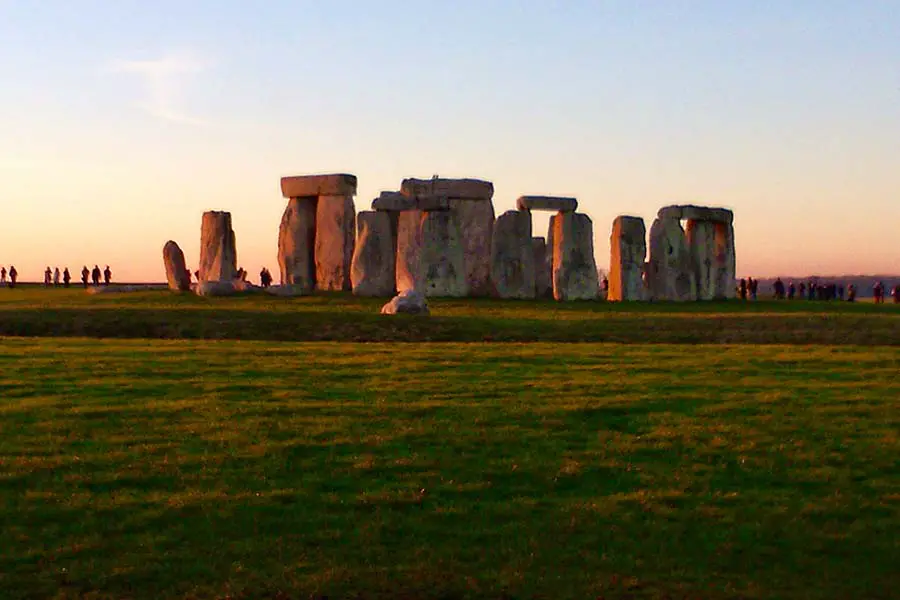
Left: Hulki Okan Tabak on Unsplash & Right: Hulki Okan Tabak on Unsplash
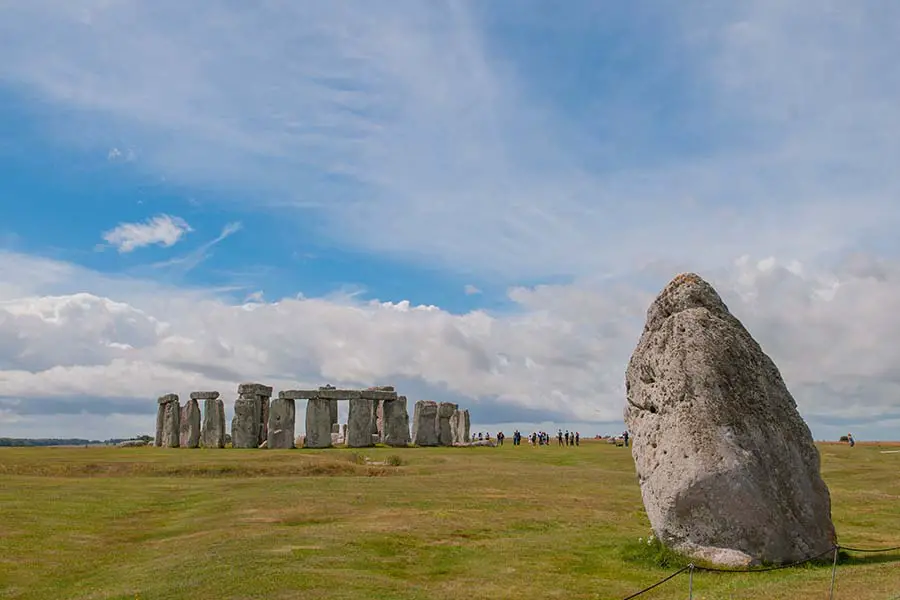
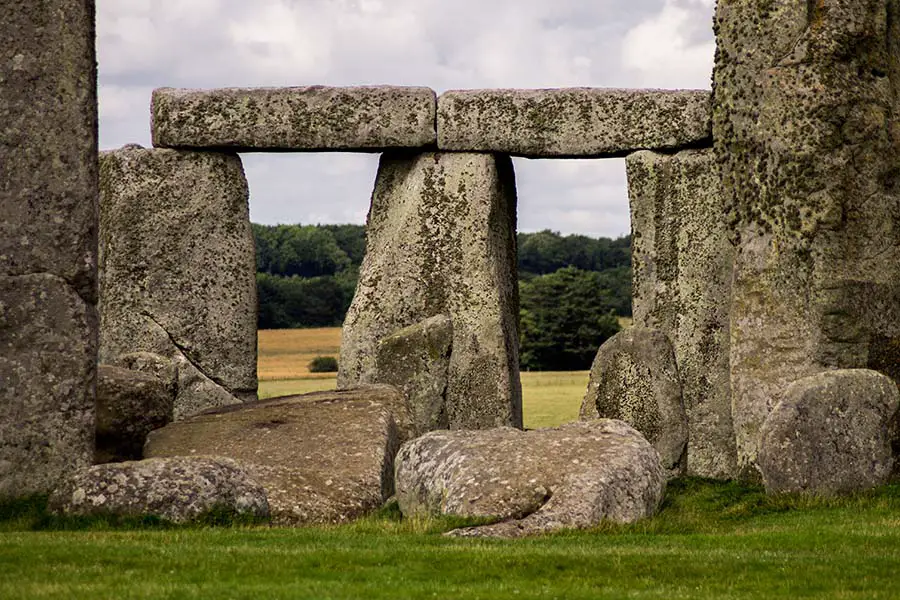
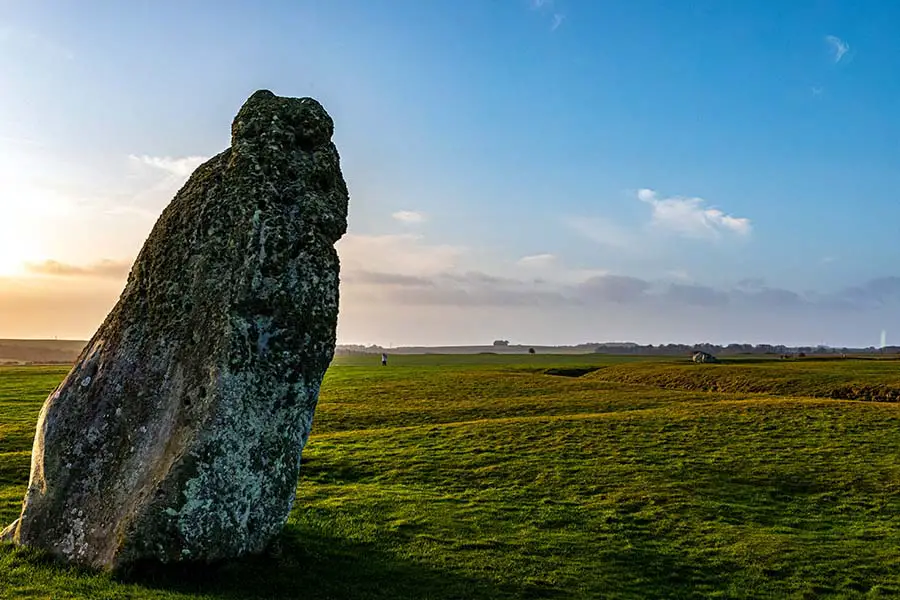
Left: Hulki Okan Tabak on Unsplash & Right: Hulki Okan Tabak on Unsplash
